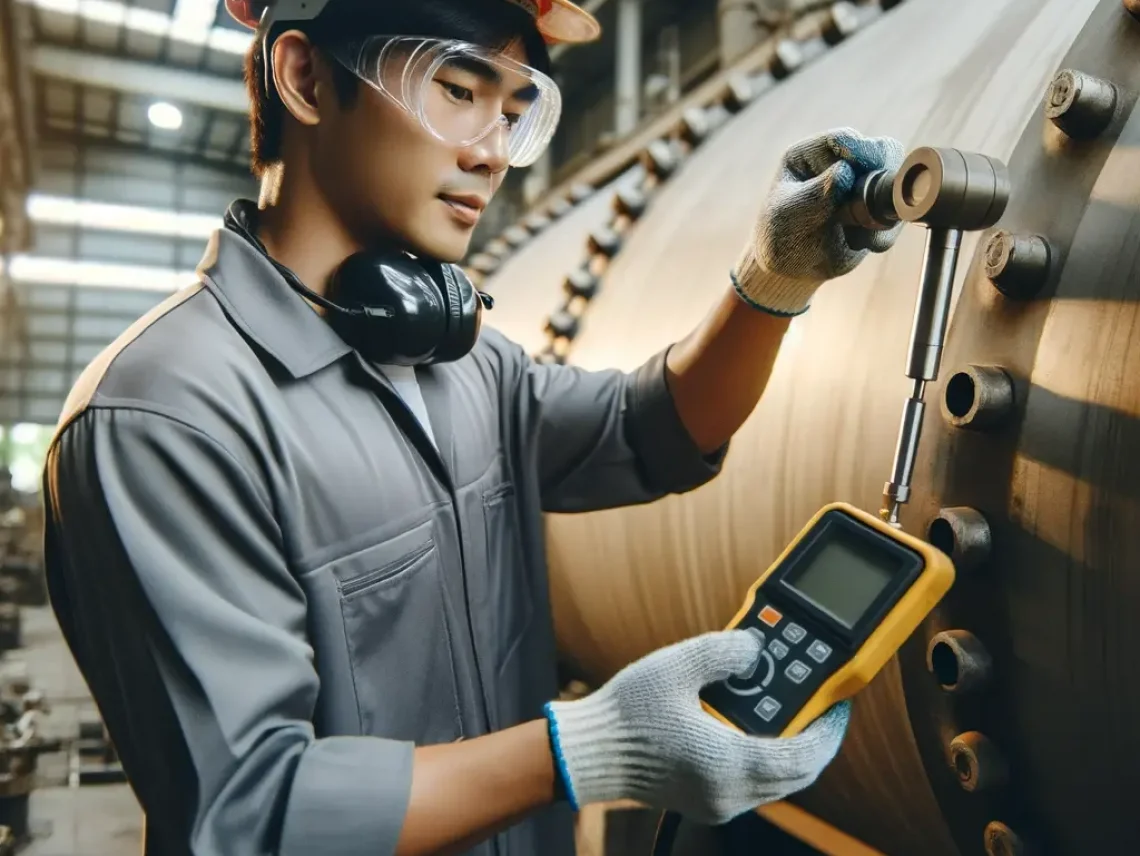
Table of Contents
ToggleANSI oversees and accredits the process of creating engineering standards, while ASME develops the detailed technical codes used in design, fabrication, and inspection especially for pressure vessels and piping. Knowing both ensures your projects meet safety, performance, and compliance requirements worldwide.
In the world of engineering, using the right standards isn’t just a detail it’s essential for safety, performance, and legal compliance. Many professionals hear ansi asme mentioned together, but the truth is that each plays a distinct role. This post clarifies those differences, shows how they interact, and explains why mastering both matters for your business and your peace of mind.
If you work with pressure vessels, piping, or welded assemblies, understanding ansi asme is the key to safer, more efficient projects. For a deeper dive, explore the importance of ASME Code in engineering.
ANSI is the American National Standards Institute, responsible for accrediting organizations that write standards. It doesn’t develop most technical standards itself but sets the rules for how standards are created and reviewed. Its goal is to ensure openness and consensus in the standards process.
ASME, or the American Society of Mechanical Engineers, is one of those organizations. ASME creates some of the world’s most important technical codes for pressure vessels, piping, welding, and mechanical equipment. When you see a standard like ASME BPVC (Boiler and Pressure Vessel Code), you are dealing with a technical rulebook that engineers, manufacturers, and inspectors rely on every day.
Many ASME standards are accredited by ANSI. That means they were created using a transparent process with broad industry input and are recognized both nationally and internationally. Learn how ASME Code VIII shapes modern pressure vessel design.
Engineers rely on a few key codes repeatedly:
ANSI standards often guide safety signage, documentation, and protocols that span many industries.
If you need to understand how ASME Section IX affects your project, check out welding qualifications under Section IX.
| ANSI | ASME | |
|---|---|---|
| Creates technical code content | No | Yes |
| Accredits standards processes | Yes | Some |
| Example | ANSI Z535 (Safety Signs) | ASME BPVC, B31, B16 |
| Use in projects | Accreditation, harmonization | Technical design, compliance |
What does this mean on your next project? For most equipment, you’ll reference an ASME code for the technical requirements. When you see “ANSI/ASME B16.5 flange,” that means the technical details were created by ASME, using a process approved by ANSI.
Curious how these standards affect maximum pressure ratings? Learn more in the maximum pressure vessel limit in ASME standards.
For manufacturers and plant owners, this isn’t just red tape it’s risk reduction and global market access. Compliance also supports sustainability, as discussed in research about advanced vessel materials and sustainability.
Engineers interested in how ASME and ANSI standards are evolving should check the latest research on engineering standards for complex assemblies and studies on geometric dimensioning using Y14.5 standards.
To see how minimum size requirements work for pressure vessels, review this detailed guide.
Knowing the difference between ansi asme is more than a technicality. It’s the foundation of safe, reliable, and globally accepted engineering. Applying these standards helps you avoid costly errors, legal trouble, and unsafe situations.
Explore more in this essential guide to ASME and ANSI codes and see how compliance can give your project a competitive edge.
Ready to improve your engineering quality and compliance? Partner with Red River for certified pressure vessels, expert welding, and project reviews that meet all the latest ASME and ANSI requirements. Reach out for a consultation let’s build something safe together.
ANSI accredits and oversees the process of developing standards to ensure transparency, consensus, and fairness. ASME, on the other hand, writes the detailed technical codes that engineers and manufacturers follow, particularly in pressure vessel, piping, and mechanical system design.
No, each serves a distinct role in engineering. While many ASME standards are accredited by ANSI, they are not interchangeable you must apply each according to its purpose and your project’s specific code requirements to remain compliant.
The ASME Boiler and Pressure Vessel Code (BPVC) ensures that pressure-containing equipment is designed and built safely, protecting people and property from catastrophic failures. It also provides a consistent framework for inspection, testing, and certification recognized worldwide.
Most major codes are reviewed and updated every 2–4 years to incorporate new research findings, materials, and technology. Staying current with these revisions is critical to maintaining compliance and ensuring engineering best practices.
You can browse the full catalog on the official ASME Standards page for the most recent editions. Red River’s blog also provides summaries and explanations of key ASME piping and vessel codes for quick reference.
In most cases, yes. ASME provides the technical specifications and design rules, while ANSI governs the broader standardization framework and ensures interoperability between different standards used in complex systems.
ASME Section IX defines the qualifications for welders and welding procedures to ensure every weld meets safety and performance standards. It’s an essential part of quality control, especially in industries where structural integrity and safety are paramount.
Table of Contents
ToggleIn the realm of industrial solutions, Red River emerges as a pioneer, offering a diverse range of custom-engineered products and facilities. Among our specialties is the design and production of Custom/OEM Pressure Vessels, meticulously crafted to meet individual client requirements, ensuring performance under various pressure conditions. Our expertise extends to the domain of prefabrication, where Red River leads with distinction.
The company excels in creating prefabricated facilities, modules, and packages, reinforcing its stance as a forerunner in innovation and quality. This proficiency is further mirrored in their Modular Skids offering, where they provide an array of Modular Fabricated Skid Packages and Packaged equipment. Each piece is tailored to client specifications, underlining their commitment to delivering precision and excellence in every project they undertake.